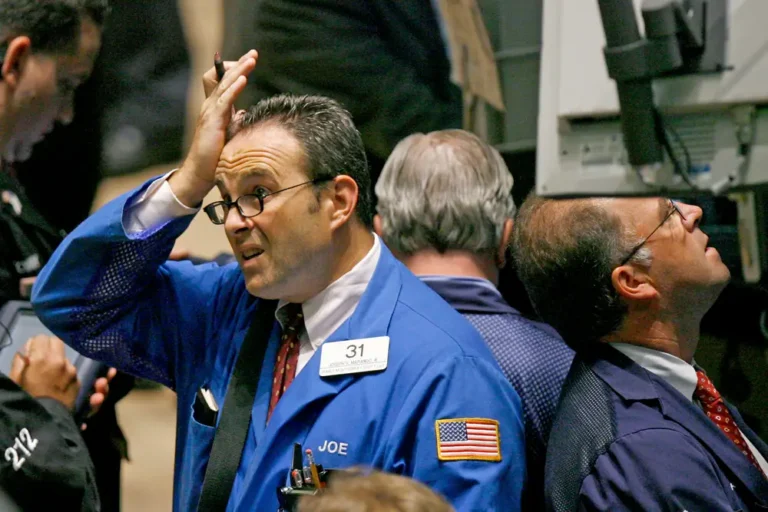Jill On Money: UAW steps up, Fed stands down
One big factor contributing to the pause in rate increases was the moderation of the labor market
Two significant events coincided to paint a picture of the post-pandemic U.S. economy: the UAW launched “targeted strikes” against GM, Ford, and Stellantis, just days before the Federal Reserve convened a two-day policy meeting.
There are numerous questions in both cases that cloud decision-making for those involved.
The now-expired 2019 UAW contract occurred at a time when the United States’ economy, as measured by GDP, grew by 2.3 percent and inflation remained stable.
The 14 years leading up to the 2019 contract were marked by “volatility and disruption,” according to Ford. The Great Recession had taken a significant toll on the industry, with GM and Chrysler (now Stellantis) declaring bankruptcy and all three U.S. behemoths receiving massive government bailouts.
It took a while for the Big Three to recover, but by 2015, “the industry had fully recovered and achieved a new record of annual sales.” Even so, the Great Recession loomed large when the contracts for 2015 and 2019 were signed.
Neither side could have predicted what the next four years would bring to the world. COVID-19 upended our lives and shook the global economy in ways that were both horrifying and beneficial to the auto industry. The Big 3 made huge profits while union members were forced to deal with pay that couldn’t keep up with inflation.
As new contract negotiations began this year, both parties recognized that pay would need to rise significantly, at least by the 20% increase in the Consumer Price Index since 2019.
But what is the appropriate amount if the Fed is attempting to reduce inflation? Should union members be encouraged by the overall strength of the labor market, or should they be concerned that job growth is slowing? How should automakers account for the unions’ desire for a shorter workweek when technology is upending their assessment of labor force needs?
The Federal Reserve is grappling with similar concerns about the future. The most pressing of these questions is whether the 22-year high in the Fed Funds rate (5.25 to 5.5%) is sufficient to end the post-COVID inflation spike.
The answer for the September meeting was ambiguous, so the Fed decided to hold off on any further rate hikes. Indeed, one major factor contributing to the pause was the labor market’s moderation.
Economists believe that the combination of slower job growth and voluntary job quits returning to pre-pandemic levels will cause wage growth to slow.
I know what you’re thinking: Why is a slowing in wage growth good news?
Employees who earn more money are more likely to spend it, which can keep prices high. In contrast, as workers’ pay levels off, prices should fall.
The key to worker satisfaction is for wage increases to outpace price increases, which is why the government looks to a metric known as “real median household income,” which is the inflation-adjusted amount of money earned by the median household annually.
Even though people earned a lot of money in 2022, inflation took its toll, according to a recently released Census Bureau annual scorecard. From 2021 to 2022, real median household income fell by 2.3%.
Fed officials hope that 2023 will be the year when inflation slows more than wage growth, in which case they may not need to raise interest rates further…and the UAW and the Big Three can reach an agreement that is acceptable to both parties.






